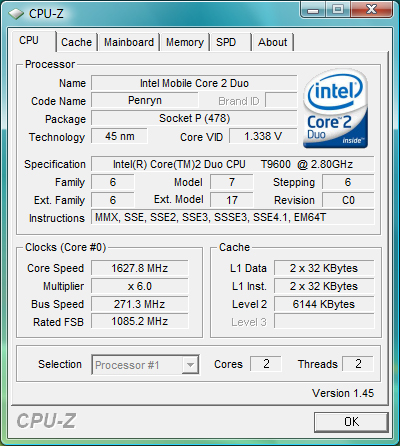


The Pentium III-S have 512 KB L2 cache and have dual-processor support. However, it appeared that Intel wanted to market the Pentium 4 as their main processor and tried to "kill" the Pentium III by reducing the L2 cache (in the non-S variants) to 256 KB from 512 KB in the Katmai and Coppermine cores and by making the Tualatin-based Pentium IIIs incompatible with older socket 370 motherboards. The Tualatin-based Pentium III had well outperformed the Willamette-based Pentium 4 in a variety of applications. Although, in 2001, Intel had resurrected the Pentium III by introducing the Tualatin core. By 2000, the Pentium III was replaced by the Pentium 4, which performed even worse in certain applications. Launched in 1999, the Pentium III became Intel's first processor to break the 1 GHz clock speed barrier. Main article: List of Intel microprocessors Desktop processors Pentium Sortable table Since TDP is defined for families, not individual processors, MHz/TDP W are not useful for comparing processors using the same internal structure.įor measures of energy efficiency in computing, see Performance per watt. Thermal design power is defined differently by different manufacturers, so it is not comparable between manufacturers.ĭifferent architectures vary in how many operations they perform per clock cycle, so MHz/W values are not useful for comparing processors using different internal structure (see Megahertz myth). It is also not useful for comparison of the energy efficiency of individual processors in different families, because it relates to the family, not the individual CPU.

Since thermal design power relates to the potential maximum thermally significant power used by the most energy using member of a processor family, it is not useful for comparing processors within a particular family. If not stated otherwise, the watts dissipated refers to the peak-value thermal design power for a whole processor family. However, since the CPU component of these early computers easily accounted for most of the computer's power dissipation, they are mentioned here: Note that these figures include power dissipation due to energy lost by the computer's power supply and some minor peripherals.


 0 kommentar(er)
0 kommentar(er)
